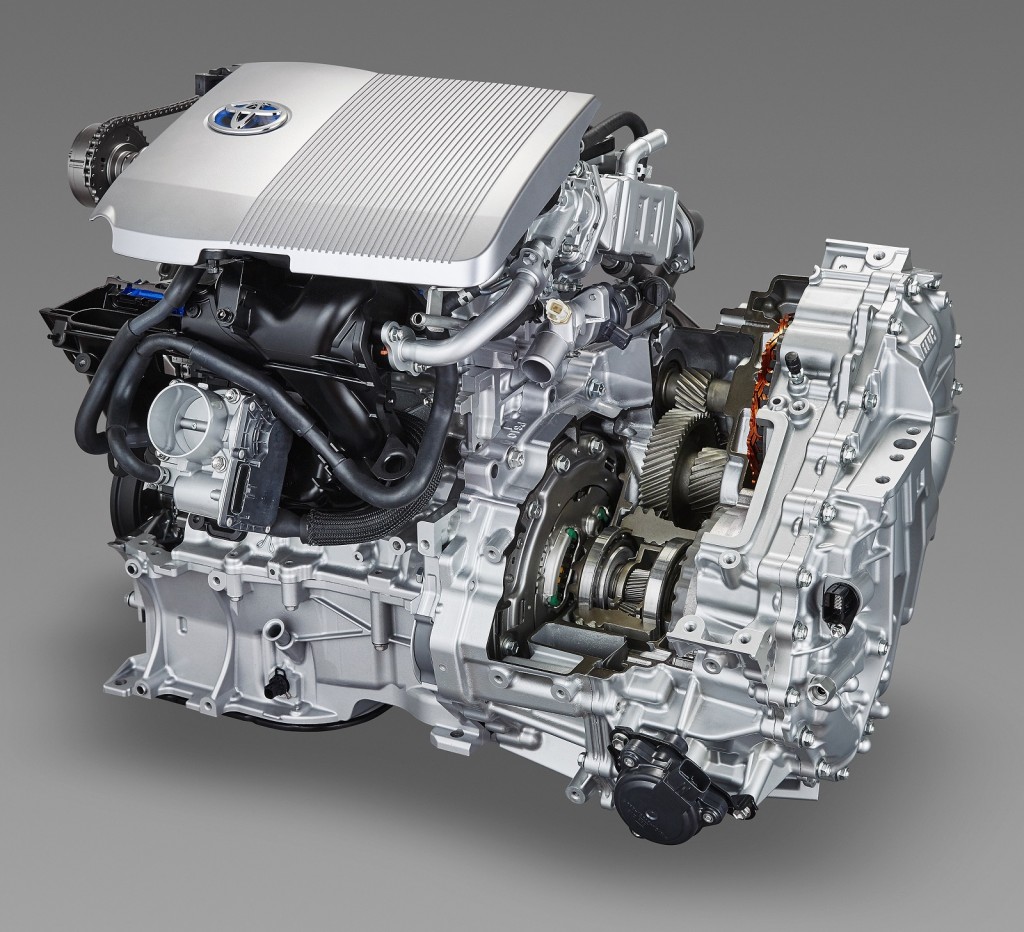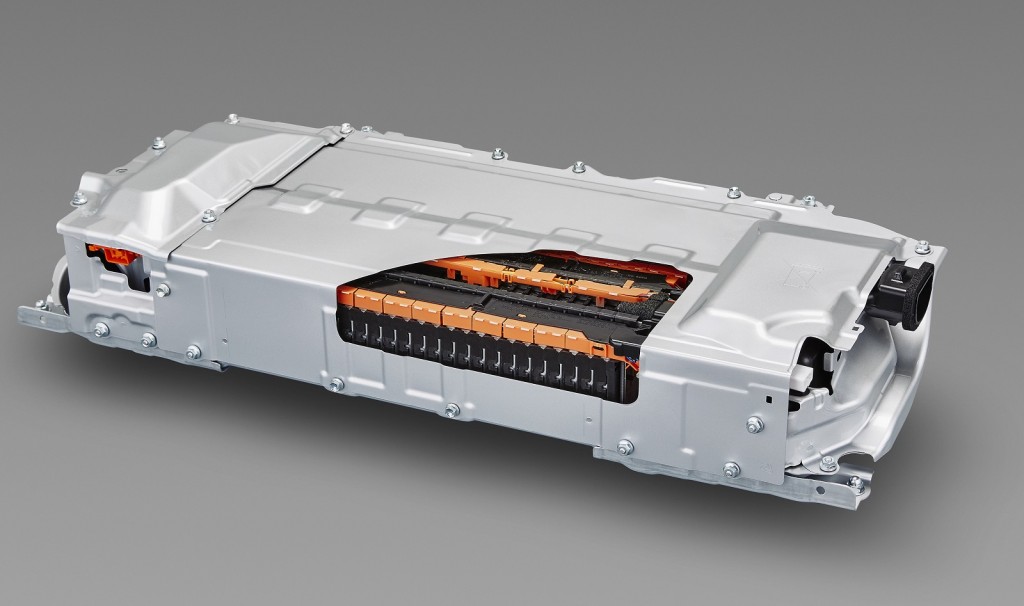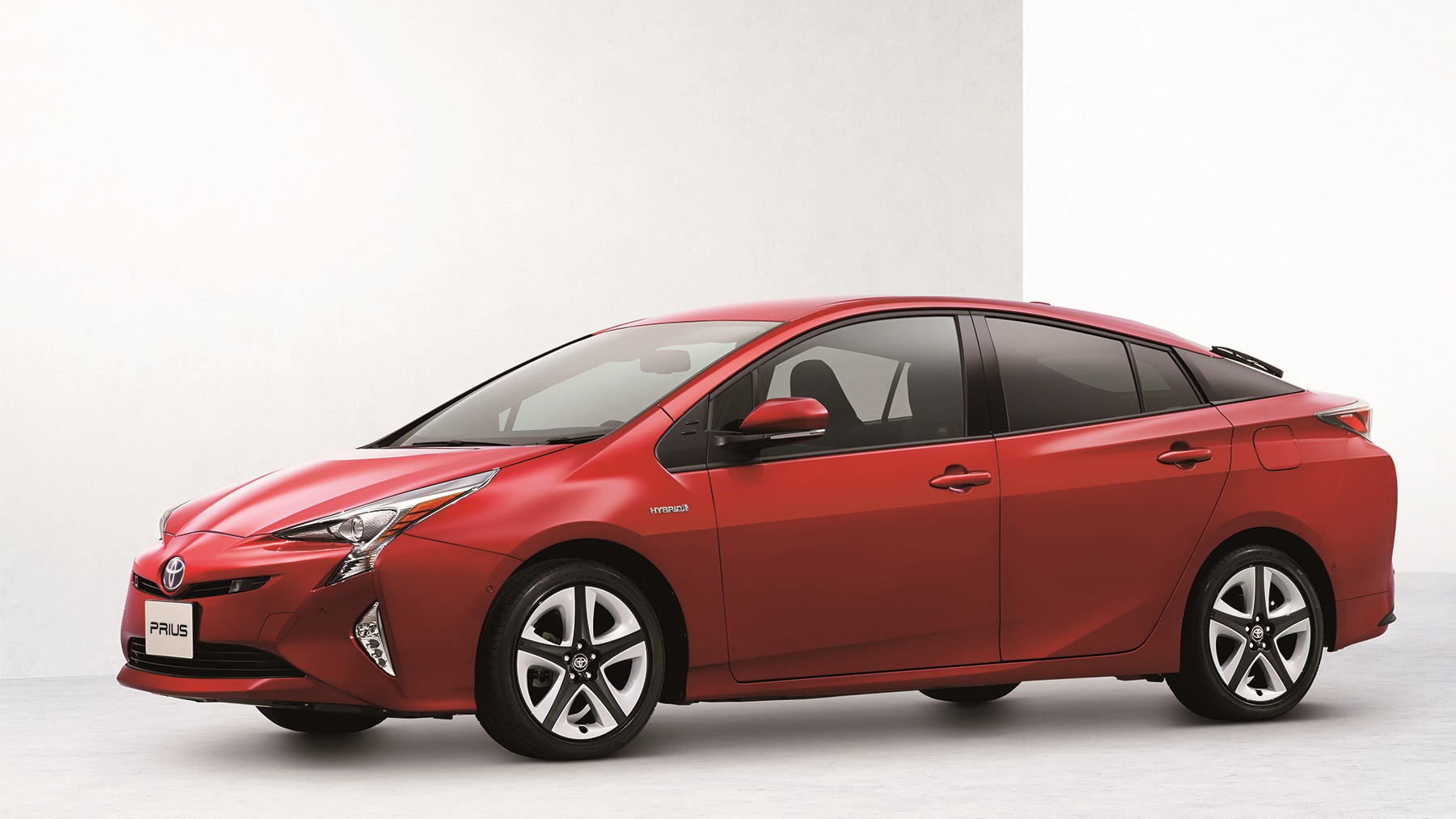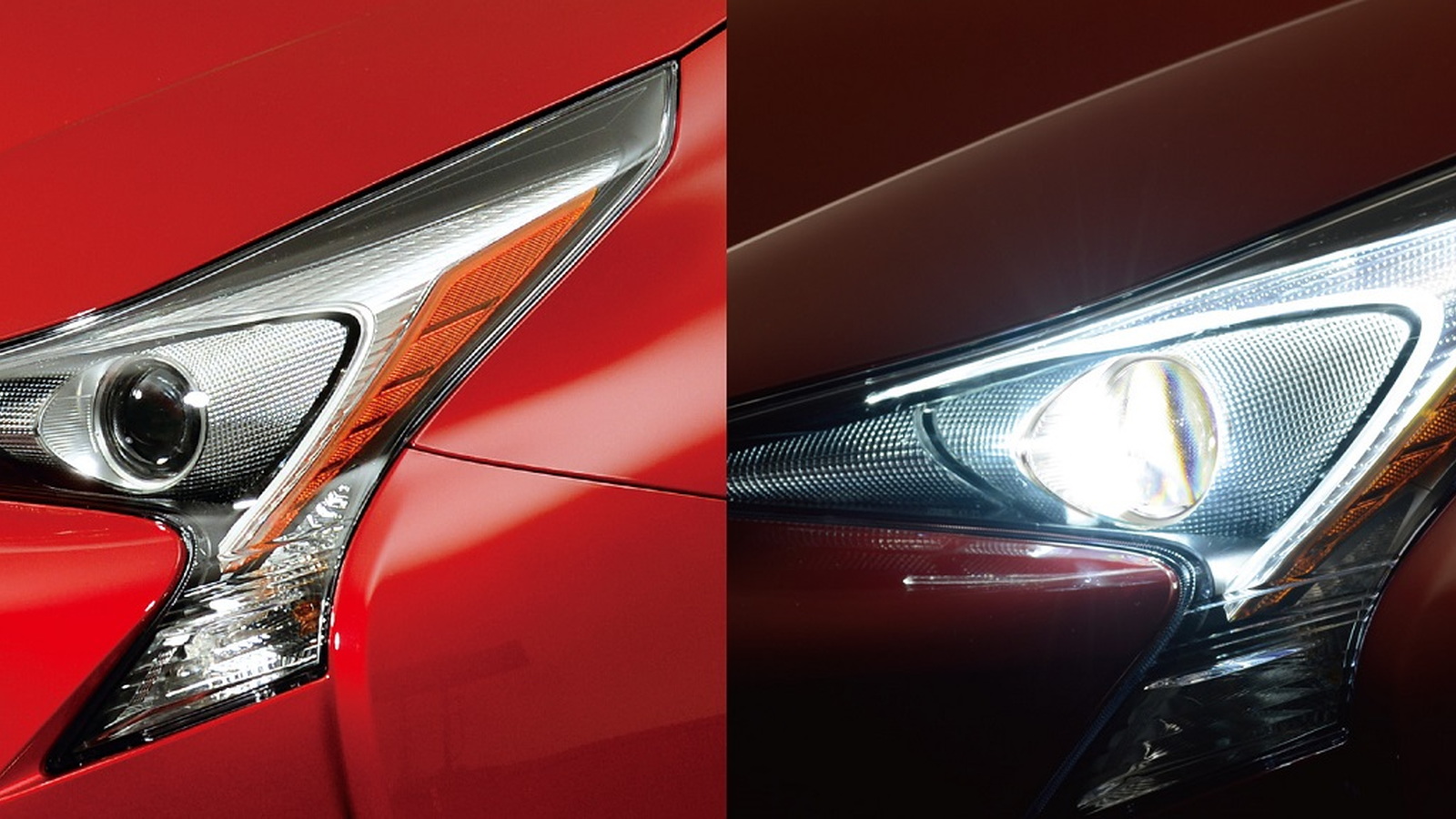While it has unveiled the all-new 2016 Prius hybrid twice--once at a glitzy event in Las Vegas, once at the Frankfurt Motor Show--Toyota has been very stingy with technical information about the powertrain that will let the car earn promised EPA combined ratings of 55 mpg or better.
At an event in Japan this morning, the company released a bit more information on the technology that propels the car.
As with the three previous generations of Prius, efficiency improvements come from hundreds of incremental changes.
DON'T MISS: 2016 Toyota Prius: Official Auto Show Debut At Frankfurt Motor Show
Toyota works relentlessly to improve every facet of its cars, engines, and driveline components, with fractions of a percent here and there adding up to meaningful numbers.

2016 Toyota Prius - transaxle cutaway
While the company offered improvements against previous generations, stated in percentages, it still hasn't provided power, torque, performance, or fuel-economy figures of any sort.
Here are the salient points covering the new information, boiled down from a five-page press release issued early this morning Eastern time.
ENGINE
- An all-new engine design displaces 1.8 liters, the same as the outgoing model
- The new engine's peak thermal efficiency is 40 percent under certain circumstances--a figure higher than the average efficiency for diesel engines, let alone gasoline ones
- Technologies include large-volume exhaust-gas recirculation, better airflow into the combustion chamber, more efficient cooling, reduced internal friction, and use of low-viscosity oil, as well as the addition of active grille shutters
ALSO SEE: 2016 Toyota Prius: Few Details At Global Launch Of 55-MPG Hybrid (Photos)
TRANSAXLE and ELECTRIC MOTOR
- A more compact motor gives a better power-to-weight output ratio
- Reduced internal friction eliminates 20 percent of the energy previous lost due to mechanical friction
- The planetary gear reduction system has been replaced with parallel gears, eliminating more loss

2016 Toyota Prius - lithium-ion battery pack
BATTERY PACK
- For the first time ever, the conventional hybrid Prius will offer a choice of two battery packs: One is a conventional nickel-metal hydride pack, as has been used since the first Prius in 1997
- The other is a more compact lithium-ion unit, though Toyota did not say which unit is for the regular model (presumably the NiMH one) and which will power the even-more-efficient Prius Eco (presumably the Li-ion alternative)
- With greater cell energy density, however, the pack was reduced in size to the point where Toyota can fit it under the rear seat, just ahead of the gas tank--rather than under the load deck as in previous generations
- No battery capacities or electric range figures were given
MORE: 2016 Toyota Prius Preview Video
POWER CONTROL UNIT
- The PCU, as Toyota calls it, is also known as the "power electronics" of the Prius, changing voltage as needed for different components and handling AC/DC conversions as well
- The 2016 Prius unit is more compact, so it can be positioned above the transaxle (as it is on the 2016 Chevy Volt)
- It also includes a "loss reduction device" that eliminates about 20 percent of the unit's previous losses

2016 Toyota Prius - power control unit
OTHER INFORMATION
The company also reiterated the dimensional changes, the stiffer shell, the promise of better handling, and the various interior and infotainment features that come standard or are offered as options.
RELATED: 2016 Toyota Prius: Leaked Technical Details Confirm e-AWD Option On Higher Models
And it also listed the variety of active safety systems fitted to the new Prius, including a pre-collision system with pedestrian detection, full-speed radar-based adaptive cruise control, and an intelligent parking assist package.
Toyota did not, however, confirm or address earlier rumors that it planned to offer an electronic all-wheel-drive capability.
Nor did it detail the various models of Prius, the trim levels, or any pricing--all of which will have to emerge before or during the first days the car goes on sale early next year.
Reuters reports that the car's Japanese fuel-consumption rating will be 40 km/liter, or 94 mpg, up from the previous model's 32.6 km/liter (77 mpg)--highlighting the difference between U.S. and Japanese rating systems.
_______________________________________



















